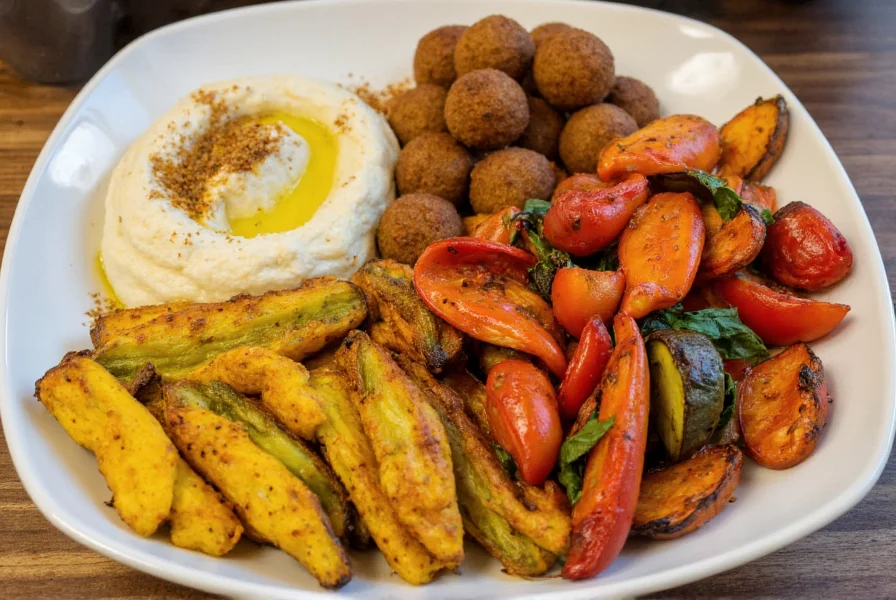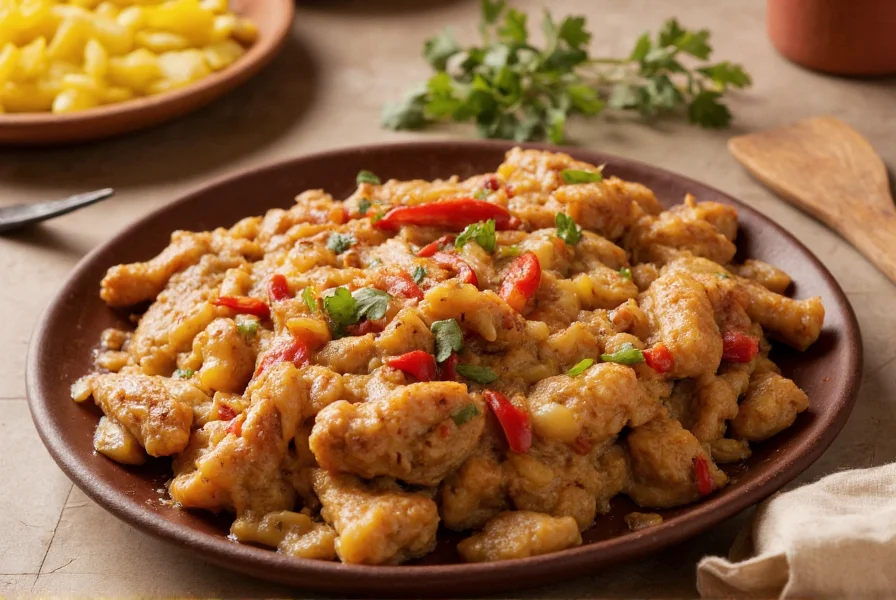Cumin is completely edible and widely consumed worldwide as both whole seeds and ground spice. You can safely eat cumin in culinary amounts—it's commonly used in Indian, Middle Eastern, Mexican, and Mediterranean cuisines. The seeds can be toasted and eaten whole or ground into powder for seasoning dishes. Cumin has been safely consumed for thousands of years and offers numerous health benefits when incorporated into a balanced diet.
Understanding how to properly eat and use cumin can transform your cooking experience and potentially boost your health. This versatile spice, derived from the Cuminum cyminum plant, has been a culinary staple across civilizations for millennia. Whether you're wondering can you eat raw cumin seeds or seeking guidance on how to incorporate cumin into daily meals, this comprehensive guide provides evidence-based information to help you make the most of this aromatic spice.
What Is Cumin and How Is It Consumed?
Cumin refers to both the seeds of the Cuminum cyminum plant and the ground spice made from these seeds. Unlike some spices that require special preparation, cumin is safe to eat in standard culinary quantities without any special processing. The distinctive earthy, warm flavor makes it a fundamental ingredient in curry powders, chili blends, and many traditional spice mixes worldwide.
When exploring how to eat cumin seeds properly, most culinary experts recommend toasting them first. Dry toasting whole cumin seeds in a skillet for 1-2 minutes until fragrant significantly enhances their flavor profile. This simple technique, known as blooming, releases essential oils and creates a more complex taste compared to using raw seeds.

Different Forms of Cumin for Consumption
Cumin appears in several forms in the kitchen, each with specific culinary applications:
| Form | Best Uses | Flavor Characteristics |
|---|---|---|
| Whole seeds | Tempering oils, rice dishes, pickling | Bright, citrusy notes when toasted |
| Ground cumin | Curries, stews, spice rubs | Warmer, earthier flavor profile |
| Cumin powder | Dry rubs, finishing dishes | Most intense flavor, use sparingly |
How to Eat Cumin: Culinary Applications
Learning how to use cumin in cooking properly can elevate your dishes from ordinary to extraordinary. Professional chefs typically employ one of three primary methods for incorporating cumin:
- Dry roasting - Heating whole seeds in a dry pan until fragrant (about 1-2 minutes)
- Blooming in oil - Adding seeds to hot oil at the beginning of cooking to infuse the entire dish
- Finishing spice - Sprinkling ground cumin at the end of cooking for brighter flavor
For those asking can you eat raw cumin seeds, the answer is yes, though they're quite hard and have a more bitter flavor when uncooked. Most culinary traditions toast or cook cumin to mellow its sharpness and develop its complex flavor profile. In Indian cuisine, cumin seeds often start the cooking process by being sizzled in hot oil before adding other ingredients—a technique called tadka that creates an aromatic foundation for curries and dals.
Health Benefits and Safety of Cumin Consumption
When considering is cumin safe to consume regularly, research indicates that culinary amounts present no safety concerns for most people. In fact, numerous studies highlight potential health benefits associated with moderate cumin consumption:
- May support digestion and reduce bloating
- Contains antioxidants that combat oxidative stress
- Potential blood sugar regulation properties
- May enhance iron absorption from plant foods
While exploring cumin consumption benefits, it's important to note that therapeutic doses used in studies often exceed typical culinary amounts. For everyday cooking, 1-2 teaspoons of ground cumin or 1 teaspoon of whole seeds per serving provides flavor without overwhelming your dish. Those with specific health conditions should consult healthcare providers about appropriate consumption levels.

Storage Tips for Maximum Flavor
To maintain optimal flavor when you eat cumin regularly, proper storage is essential. Whole cumin seeds retain their potency longer than ground cumin. Store whole seeds in an airtight container away from light and heat, where they'll stay fresh for 2-3 years. Ground cumin loses flavor more quickly and should be used within 6 months for best results.
Many home cooks wonder how to tell if cumin has gone bad. Fresh cumin should have a strong, warm aroma. If your cumin smells musty or barely has any scent, it's lost its flavor and should be replaced. Properly stored cumin won't make you sick if stale, but it won't contribute meaningful flavor to your dishes.
Common Questions About Eating Cumin
When learning how to eat cumin seeds, several practical questions frequently arise:
Can you eat cumin seeds raw? Yes, but they're quite hard and have a more bitter flavor when raw. Toasting enhances their nutty, warm characteristics and makes them more palatable.
Is ground cumin as good as whole seeds? Whole seeds maintain flavor longer, but ground cumin offers convenience. For best results, buy whole seeds and grind them as needed using a spice grinder or mortar and pestle.
How much cumin should you eat daily? Culinary amounts (1-2 teaspoons ground or 1 teaspoon seeds per serving) are safe for regular consumption. Extremely large quantities might cause digestive discomfort in sensitive individuals.
Frequently Asked Questions
Can you eat raw cumin seeds directly?
Yes, you can eat raw cumin seeds, though they're quite hard and have a more bitter flavor when uncooked. Most culinary traditions toast cumin seeds first to enhance their warm, nutty flavor and make them more palatable. Toasting for 1-2 minutes in a dry skillet significantly improves their taste profile.
What's the difference between whole cumin seeds and ground cumin?
Whole cumin seeds retain their flavor longer (2-3 years when properly stored) and offer brighter, more complex notes when toasted. Ground cumin provides convenience but loses potency faster (best used within 6 months). Whole seeds are ideal for tempering oils and rice dishes, while ground cumin works better in spice rubs and wet preparations like curries.
Are there any health concerns with eating cumin regularly?
Cumin is safe to consume in culinary amounts for most people. Those with specific health conditions like bleeding disorders or upcoming surgery should consult healthcare providers, as cumin might affect blood clotting. Extremely large quantities (beyond normal culinary use) could potentially cause digestive discomfort in sensitive individuals.
How can I maximize the flavor of cumin in my cooking?
To maximize cumin's flavor, toast whole seeds in a dry skillet for 1-2 minutes until fragrant before using. Alternatively, bloom the seeds in hot oil at the beginning of cooking to infuse the entire dish. For ground cumin, add it midway through cooking rather than at the end to allow flavors to meld properly without burning.











 浙公网安备
33010002000092号
浙公网安备
33010002000092号 浙B2-20120091-4
浙B2-20120091-4